One very effective way to practice with frustration is to make a detailed study of it just at the moment when you find yourself in its grip. Trying not to be frustrated when you are is just piling more frustration on top of your frustration. So why not instead look at it close up? When you do, you will notice that when frustration arises, the first thing you naturally do is look for someone or something to blame—even if that someone is yourself. But as soon as you do that, you are actually increasing your frustration, because you are leaping over your actual experience of frustration—futilely trying to avoid it, in effect—by focusing your energies on the object of your blame. The pile of frustration is always too high, however, to leap over. You only fall back in, over and over again.
Blaming is useless. It is a smokescreen, a blind, a weight that drags you down and doesn’t get you anywhere. It is important to notice this as soon as you are frustrated and start blaming. Catch yourself. (This takes practice—you have to be quick.) Then focus instead on observing the actual feeling of frustration.

What does frustration feel like? Does your breathing tighten? Do your shoulders tense up, or does your face get red and hot? Do you clench your teeth? Your fists? What thoughts fly into your mind? Are there memories that come up? Visual images? What is frustration really like?
Oddly, if you accept frustration as frustration and study it without trying to relieve it by blaming or becoming angry, it will not overcome you. Instead, it will dissipate fairly quickly, or at least more quickly. You will simply digest it naturally.
Every human being already has a degree of persistence: we need some persistence just to stay alive, to hold down a job, to keep a human relationship functioning. All of us show up for our lives to some extent. We are all more patient and forbearing than we know, and we should recognize this and congratulate ourselves for it. We don’t need to create the quality of persistence out of nothing. Rather, we need to expand and strengthen the persistence that is already there. Cultivating persistence takes persistence.
